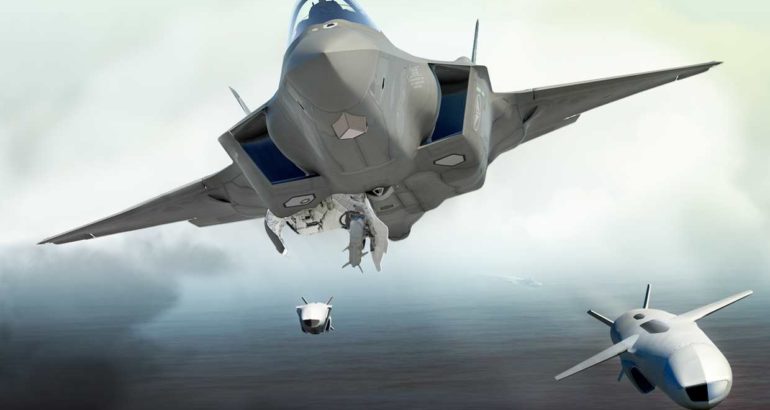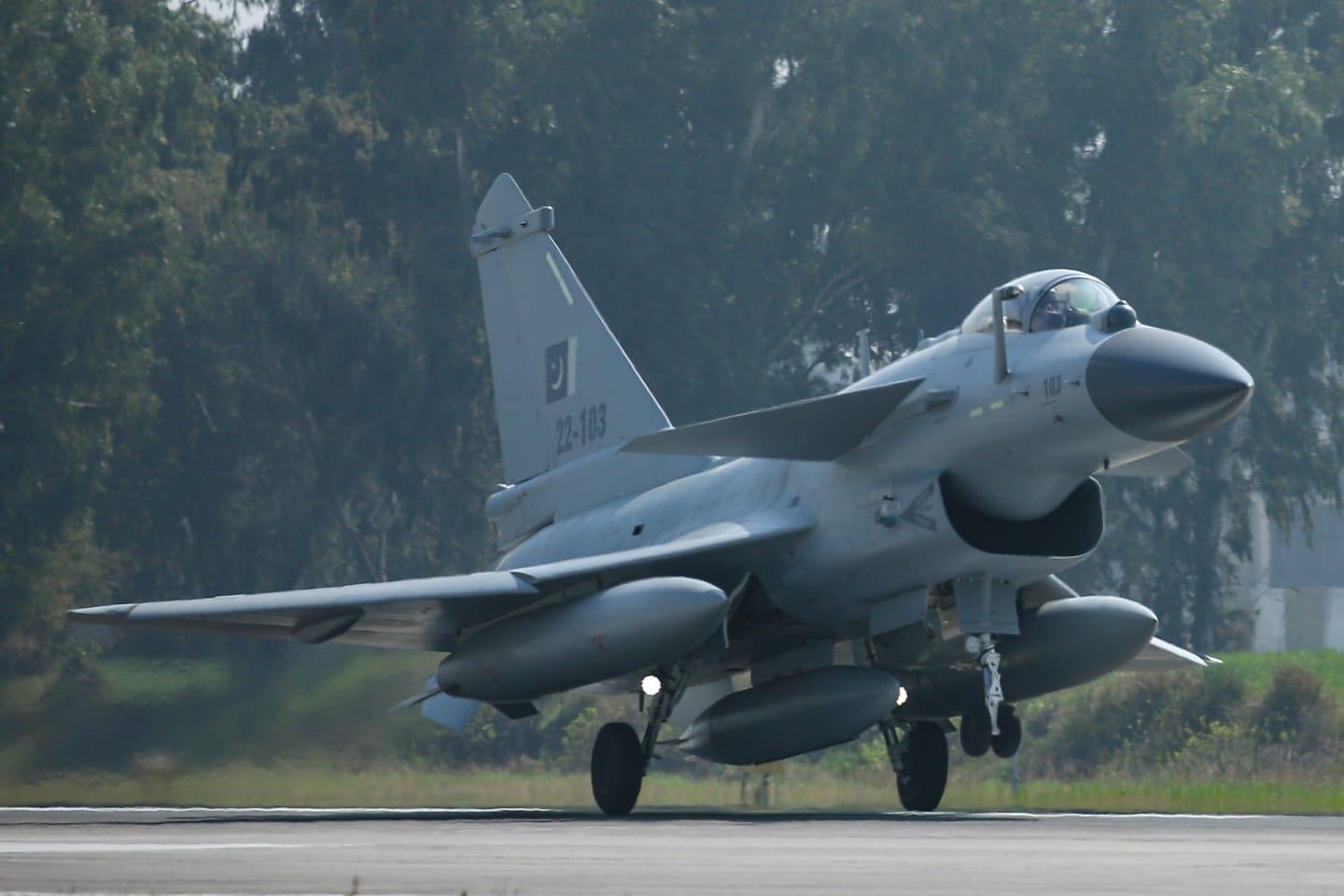The advancement of artificial intelligence (AI) in warfare, particularly accelerated by recent conflicts like those in Ukraine and Gaza, is leading to significant concerns among experts. Autonomous decision-making is rapidly reshaping modern combat scenarios, with AI-driven weapons systems capable of making critical decisions, including target selection and engagement, at unprecedented speeds.
Natasha Bajema, a senior research associate at the James Martin Center for Nonproliferation Studies, warned of the potential dangers of escalating conflict speeds driven by autonomous systems. She highlighted the challenge of maintaining human oversight in increasingly automated battles, comparing the situation to the race for nuclear weapons in the past.
Despite longstanding calls for restrictions on AI in military applications, the appetite for autonomy in weapons has grown significantly, overshadowing previous concerns. However, efforts to address these challenges persist. Austria, for instance, has spearheaded international initiatives to establish regulations for AI-enabled weapons, hosting a global conference on autonomous weapon systems with broad international participation.
While there is growing interest, particularly from the Global South, in regulating AI technology in warfare, significant obstacles remain, including the reluctance of major global powers to commit to multilateral agreements. Zachary Kallenborn, lead researcher at Looking Glass USA, emphasized the technological limitations of AI, particularly in machine vision, which remains error-prone and susceptible to misinterpretation.
The disposable nature of drones and the potential for unintended consequences pose additional challenges. Intercepting autonomous systems may lead to unpredictable responses, complicating the already complex landscape of modern warfare. Natasha Bajema highlighted the "terminator problem," where states feel compelled to pursue AI-driven weapons for security reasons, further complicating efforts to regulate the technology.
Ambassador Alexander Kmentt acknowledged the difficulty of achieving universal consensus on AI regulation but emphasized the importance of collaboration among interested parties. However, he expressed pessimism about the prospects of success given the geopolitical challenges and the reluctance of certain countries to engage in multilateral arms control efforts.
With the target date of 2026 set by the United Nations for establishing clear prohibitions and restrictions on autonomous weapon systems, there is a sense of urgency among advocates for AI nonproliferation. Failure to make significant progress by then could close the window for preventive action, further complicating efforts to regulate AI in warfare.
:quality(70)/cloudfront-us-east-1.images.arcpublishing.com/archetype/K7WPTFMEUBEH3P2UDRH6IWZMSY.jpg)
:quality(70)/cloudfront-us-east-1.images.arcpublishing.com/archetype/YKD2PWYH3ZCELI54G5COAIIVAM.png)
:quality(70)/cloudfront-us-east-1.images.arcpublishing.com/archetype/KBLXIZ3BJZCEZKDWO26CGV473Q.jpg)



